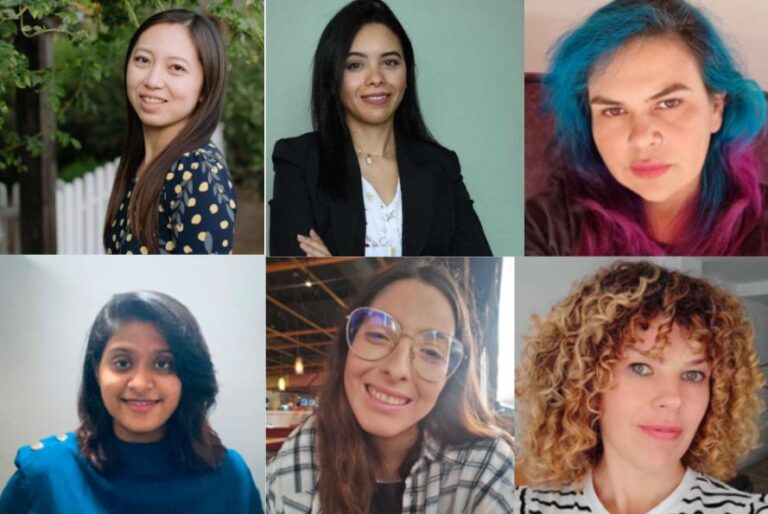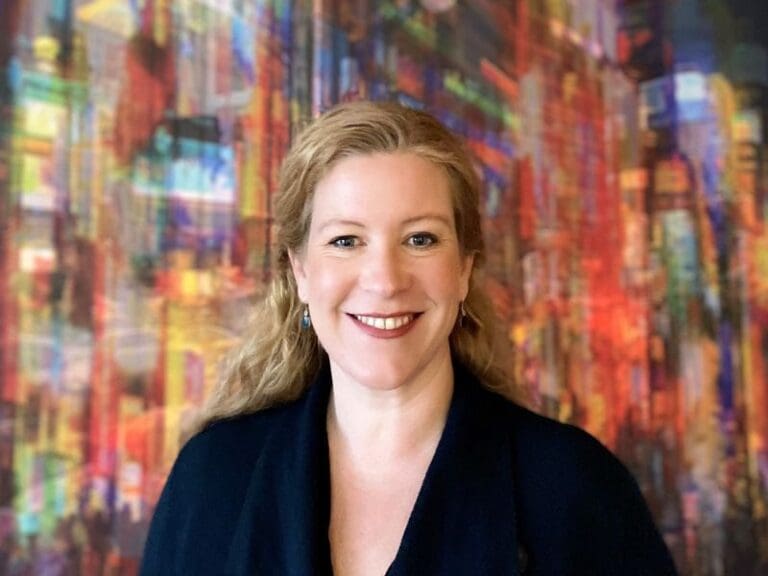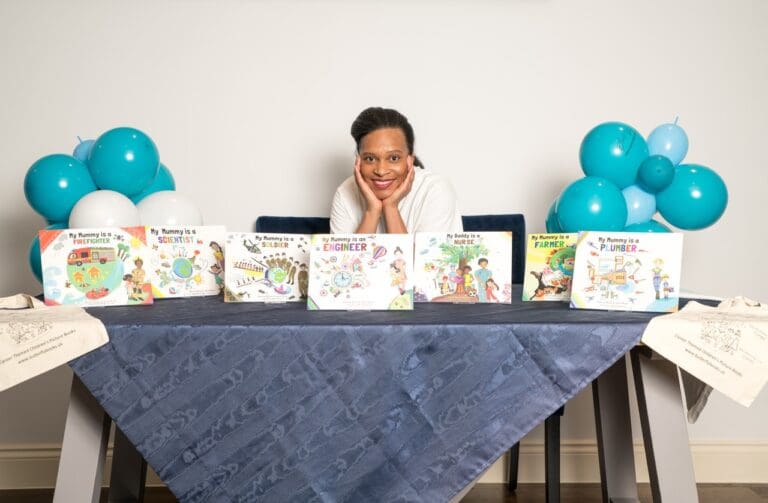IT’S NO SECRET THAT WOMEN ARE UNDER-REPRESENTED IN THE STEM INDUSTRY – JUST 26.6% OF WOMEN MAKE UP THE CORE STEM WORKFORCE.
But perhaps more shocking is that over half the population are unable to name a female scientist, according to research from the charity, Teach First. The research also found, as of 2020, not a single woman’s name features in the national curriculum for GCSE Science.
It is clear that more needs to be done to increase the visibility of female role models, if we’re going to close the gender gap in the STEM industry.
International Day of Women and Girls in Science is a UN initiative, which hopes to empower and highlight women and girls in STEM. This year’s theme is all about bringing everyone forward for sustainable and equitable development.
MARIE CURIE
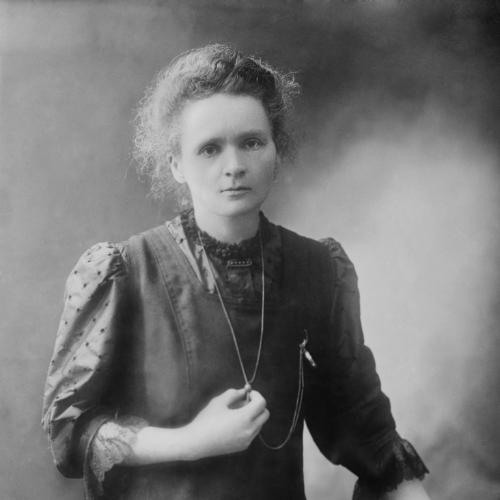
Marie Curie was a physicist and chemist, who pioneered research into radioactivity, discovering two chemical elements and working with radioactive isotopes. She was the first woman to receive the Nobel Prize – and the first to receive two Nobels in different subjects.
Her husband, Pierre Curie, was a co-winner of her first Nobel Prize, making them the first-ever married couple to win the Nobel Prize and launching the Curie family legacy of five Nobel Prizes.
Marie Curie died in 1934 at the age of 66, most likely as a result of her exposure to radiation over the course of her research.
KATHERINE JOHNSON
Katherine Johnson was a NASA mathematician and one of the inspirations for the Hollywood film, Hidden Figures.
The pioneering African-American mathematician’s calculations were critical to the success of the first and subsequent U.S. crewed space flights. Johnson’s work also helped break down many of the social and racial barriers at the time.
Johnson was hired by the National Advisory Committee for Aeronautics (NACA) in 1953 and worked in the racially segregated computing unit until 1958, when NACA became NASA. In the same year, Johnson joined Project Mercury, the US’s first human space program, as one of the ‘computers’ who calculated rocket trajectories and earth orbits by hand.
In 1961, Johnson was responsible for the trajectory analysis for the Freedom 7 Mission – the first to carry an American into space.
In 1962, she went on to manually verify calculations for astronaut John Glenn’s orbital mission, when the US beat the USSR in the Space Race.
In 1969, Johnson calculated the trajectories that allowed Apollo 11 to land on the moon and Neil Armstrong to make his historic walk.
In 2015, Johnson was awarded the Presidential Medal of Freedom, the nation’s highest civilian honour, by President Barack Obama.
ROSALIND FRANKLIN
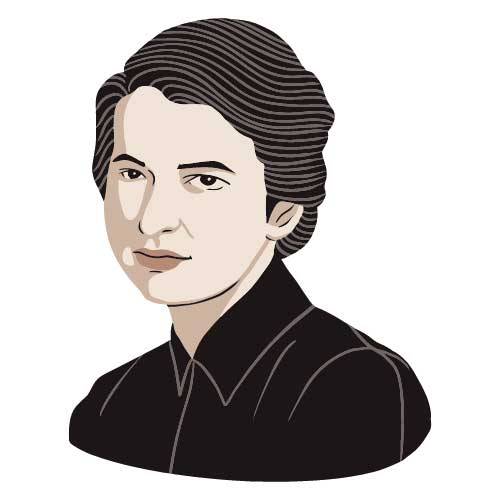
Rosalind Franklin was a British scientist best known for her work on DNA – she discovered the molecular structure of DNA. She also studied the molecular structure of viruses, coal and graphite.
Rosalind excelled at science while attending one of the few schools in London that taught physics and chemistry at the time. Upon leaving school, Rosalind went on to study Chemistry at Cambridge University.
There is much controversy surrounding Franklin’s work, with many arguing she should have received a Nobel Prize for her work on DNA.
In 1951, she joined the Biophysical Laboratory at King’s College, London, as a research fellow. There she applied X-ray diffraction methods to the study of DNA. When she began her research at King’s College, very little was known about the chemical makeup or structure of DNA. Rosalind soon discovered the density of DNA and, more importantly, established that the molecule existed in a helical conformation. This discovery eventually led to the correct description of the double helix structure of DNA.
In 1953, her colleague Maurice Wilkins showed James Watson and Francis Crick the X-ray data that Rosalind had obtained, confirming the 3D structure that the pair had speculated about for DNA.
In 1958, Rosalind passed away at the age of 37 from ovarian cancer. In 1962, the Nobel Prize in Physiology or Medicine was awarded to James Watson, Francis Crick and Maurice Wilkins for solving the structure of DNA.
Watson suggested that Rosalind, along with Wilkins, should be awarded a Nobel Prize for Chemistry, but the Nobel Committee does not make posthumous nominations.

MAYIM BIALIK
While widely recognised as the lead in the TV show, Blossom, and for her role as Amy Farrah Fowler in The Big Bang Theory, Mayim has a PhD in neuroscience from UCLA.
She is vocal advocate for getting more girls into science and has given lectures about investing in STEM careers and research. In The Big Bang Theory, Mayim plays the role of a neuroscientist, shining the spotlight on STEM for girls.
LIBBY JACKSON
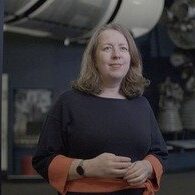
Libby Jackson is the UK Space Agency’s Head of Space Exploration. Libby is one of Britain’s leading experts in human spaceflight, having spent over a decade working at the forefront of the field.
Libby spent seven years working at the European Space Agency’s Mission Control for the International Space Station in a number of roles including her dream job as a Columbus Flight Director. She played a key role in Tim Peake’s mission to the International Space Station and continues to work in the field.
Her first book, A Galaxy of Her Own: Amazing Stories of Women in Space was published in 2017, and her second, Space Explorers is out now in the UK in hardback.
Libby was also awarded an OBE for services to the Space Sector in this year’s New Year Honours List. Libby, who joined the UK Space Agency in 2014, was honoured for working to raise the profile of women in space and help encourage young people to consider studying and working in STEM.
DAME SARAH GILBERT AND DR CATHERINE GREEN OBE
Dame Sarah Gilbert and Dr Catherine Green were two of the leading scientists behind the Oxford AstraZeneca vaccine.
Sarah is an vaccinologist and Professor of Vaccinology at the University of Oxford. She is also the co-founder of Vaccitech. Catherine is a biologist and Associate Professor in Chromosome Dyanmics at the Wellcome Centre for Human Genetics at the University of Oxford.
In January 2020, Sarah read a report about four people in China suffering from a strange kind of pneumonia. Less than a year later, in December 2020, Sarah, Catherine and the Oxford Vaccine Group delivered the Oxford-AstraZeneca COVID-19 vaccine in record time.
In 2021, Mattel created a Barbie doll in Sarah’s honour, as part of their Barbie Shero role model campaign.
Sarah and Catherine released their co-authored book, Vaxxers: the inside story of the Oxford AstraZeneca vaccine and the race against the virus.
DR MAGGIE ADERIN-POCOCK MBE
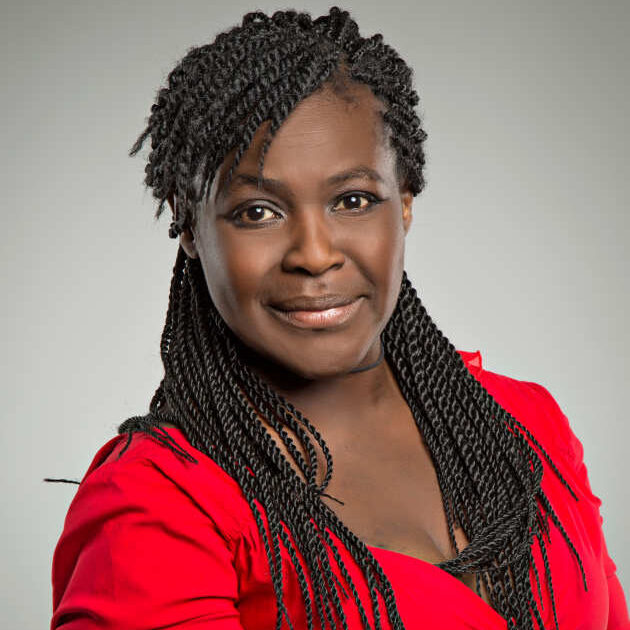
Dr Maggie Aderin-Pocock is a space scientist, science communicator and presenter of the BBC’s The Sky at Night.
She completed a PhD in the Department of Mechanical Engineering in 1994, after an undergraduate degree in Physics also at Imperial. Maggie is also an honorary research associate of University College London’s Department of Physics and Astronomy.
She is Managing Director of Science Innovation Ltd, through which she organises public engagement activities which show school children and adults the wonders of space.
In 2009, Maggie was awarded an MBE for services to science education. She is also the first black woman to win a gold medal in the Physics News Award. She has earned the title of the president-elect of the British Science Association.
ANNE-MARIE IMAFIDON MBE
Dr Anne-Marie Imafidon MBE is a prodigy in every sense of the word. Aged 11, she was the youngest girl ever to pass A-level computing, and was just 20 years old when she received her Master’s Degree in Mathematics and Computer Science from the University of Oxford.
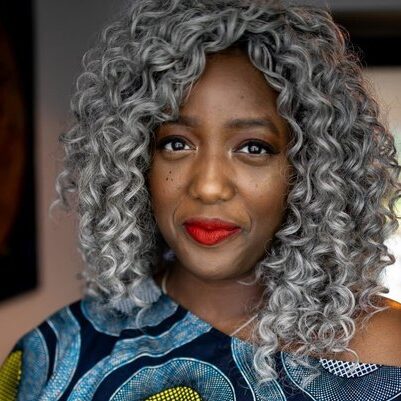
Since then, she has forged an enviable CV, including positions at Goldman Sachs, Hewlett-Packard and Deutsche Bank. Then there are the Honorary Doctorates from Open University, Glasgow Caledonian University, Kent University, Bristol University & Coventry University and an Honorary Fellowship at Keble College, Oxford. She is also a Visiting Professor at the University of Sunderland and sits on the Council of Research England.
It is this wealth of experience and pioneering spirit that led her to co-found the Stemettes, an award-winning social initiative dedicated to inspiring and promoting the next generation of young women in the STEM sectors. Since its inception 10 years ago, it has exposed 60,000 young people across Europe to Anne-Marie’s vision for a more diverse and balanced science and tech community. In 2022 she released her new book She’s in CTRL a guidebook for women to take back tech.
Marie Curie was a pioneering scientist known for her discoveries in radioactivity. She was the first woman to win a Nobel Prize and remains the only person to win in two different scientific fields (Physics and Chemistry).
Marie Curie discovered the radioactive elements polonium and radium, which led to breakthroughs in cancer treatment and nuclear science.
Marie Curie died of aplastic anemia, a condition caused by prolonged exposure to radiation during her research.
Katherine Johnson was born on August 26, 1918.
Katherine Johnson was a NASA mathematician whose calculations were crucial to the success of early space missions, including John Glenn’s orbit around Earth.
Katherine Johnson passed away on February 24, 2020, at the age of 101.
Rosalind Franklin was a British scientist whose work in X-ray diffraction helped uncover the double-helix structure of DNA.
She captured Photo 51, the critical evidence that led to the discovery of DNA’s structure.
Her groundbreaking DNA research took place between 1951 and 1953, although she did not receive full recognition during her lifetime.
Mayim Bialik is an actress, neuroscientist, and author best known for playing Amy Farrah Fowler on The Big Bang Theory. She also holds a Ph.D. in Neuroscience.
Mayim Bialik stepped away from Jeopardy! in 2023, citing scheduling conflicts and concerns about supporting the WGA strike during Hollywood’s labor disputes.
As of 2024, Mayim Bialik is 48 years old. She was born on December 12, 1975.
STEM stands for Science, Technology, Engineering, and Mathematics. It represents fields that focus on problem-solving, innovation, and scientific advancements.
A STEM girl is a female who actively pursues education or a career in STEM fields, contributing to science, tech, engineering, or mathematics.




